The Science Behind Closed Terrariums: Understanding How They Work
As people seek to bring nature indoors, closed terrariums have gained increasing popularity in recent years. These miniature ecosystems are not only beautiful but also intriguing in their ability to self-sustain with minimal intervention from their human caretakers. In this article, we will delve into the science behind closed terrariums, and how they work.
What is a closed terrarium?
A closed terrarium is a sealed glass container that houses a miniature ecosystem. It is usually made up of a layer of drainage, activated charcoal, soil, plants and decorative items. The sealed environment creates a miniature water cycle, where the water evaporates from the soil, condenses on the glass, and falls back down into the soil, thus sustaining the plants inside.
The science behind closed terrariums
Closed terrariums are essentially miniature ecosystems, and their ability to self-sustain relies on the principles of the water cycle and photosynthesis.
Water cycle: As mentioned earlier, the closed terrarium creates a miniature water cycle. The water evaporates from the soil and the plants, condenses on the glass, and falls back into the soil. This cycle allows the plants to receive the water they require without the need for constant watering.
Photosynthesis: Photosynthesis is the process by which plants use sunlight to create energy. The plants inside the closed terrarium are able to photosynthesize, which means they can produce their own food using the light that enters the container. The plants absorb carbon dioxide and release oxygen, which creates a self-sustaining environment inside the terrarium.

Maintenance of closed terrariums
While closed terrariums are relatively low-maintenance, they still require some attention to ensure they continue to thrive. Here are a few tips for maintaining your closed terrarium:
1. Place your closed terrarium in an area with bright, indirect light, as direct sunlight can cause the temperature inside the container to rise to levels that are harmful to the plants.
2. Trim any dead or yellowing leaves from the plants to prevent the growth of mould or other harmful microorganisms.
3. If condensation builds up inside the terrarium, remove the lid until the glass becomes clear to allow the excess moisture to evaporate.
4. After watering your terrarium for the first time, observe it carefully. The plants and moss inside will provide visual cues indicating when they require more water.
Closed terrariums are fascinating examples of miniature ecosystems that rely on the principles of the water cycle and photosynthesis to self-sustain. Understanding the science behind these miniature gardens can help you better care for your closed terrarium and appreciate the beauty of this unique form of indoor gardening.
Check out our selection of terrariums, which includes both DIY kits and pre-made options.


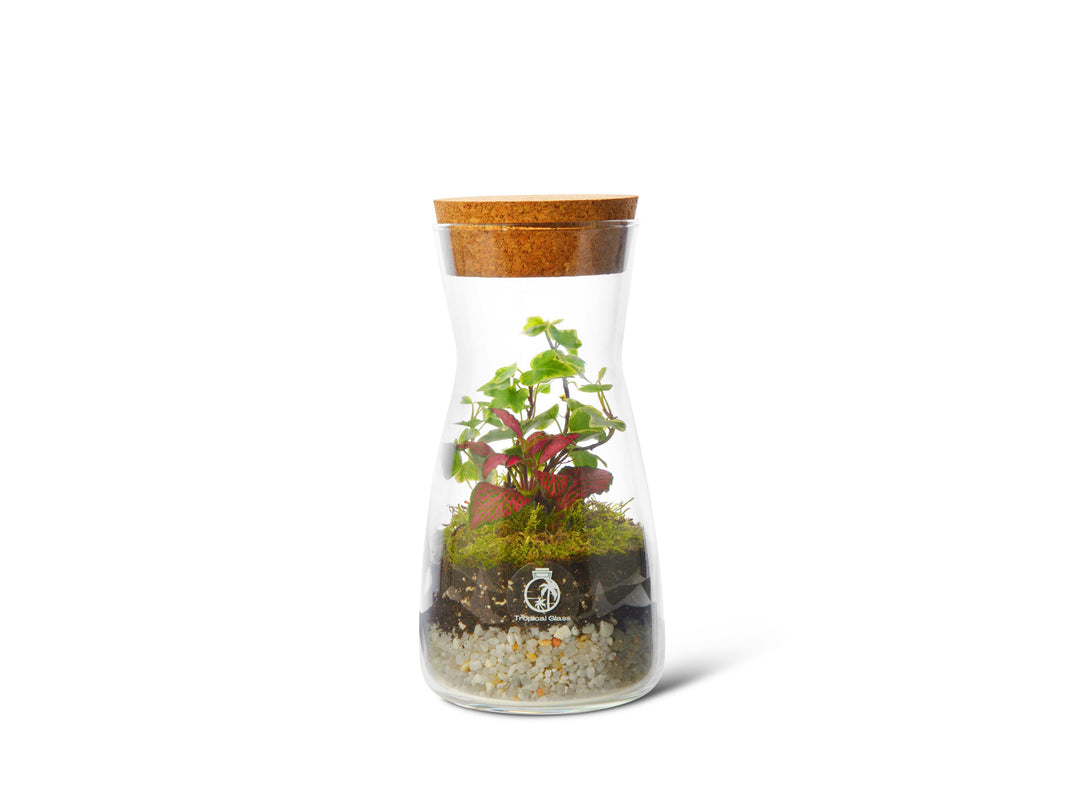
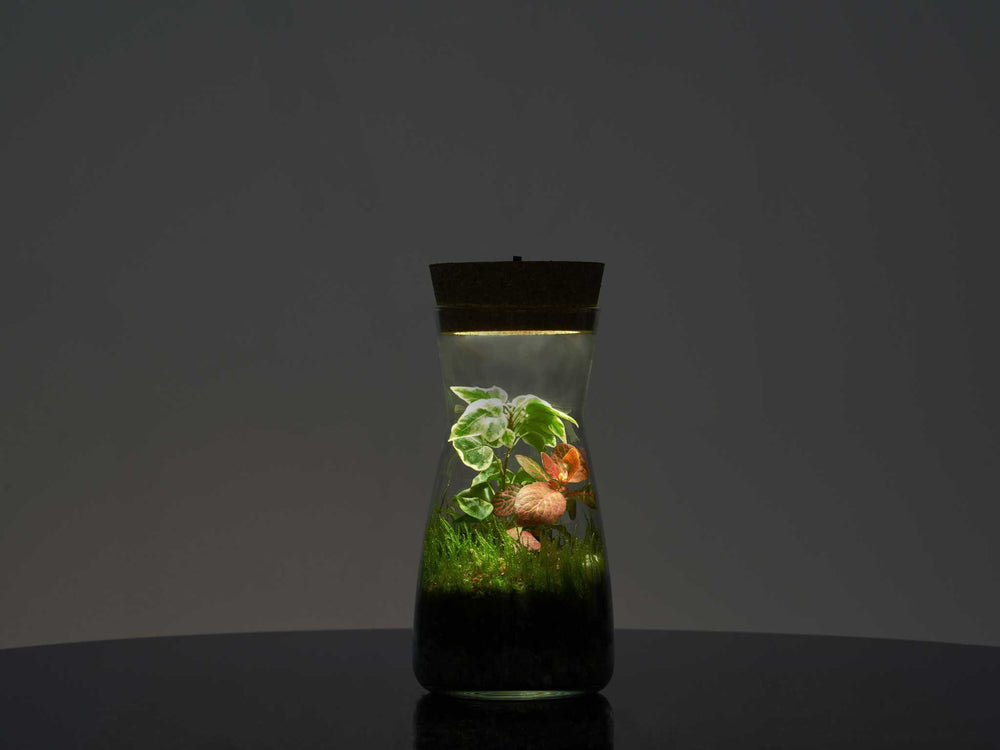
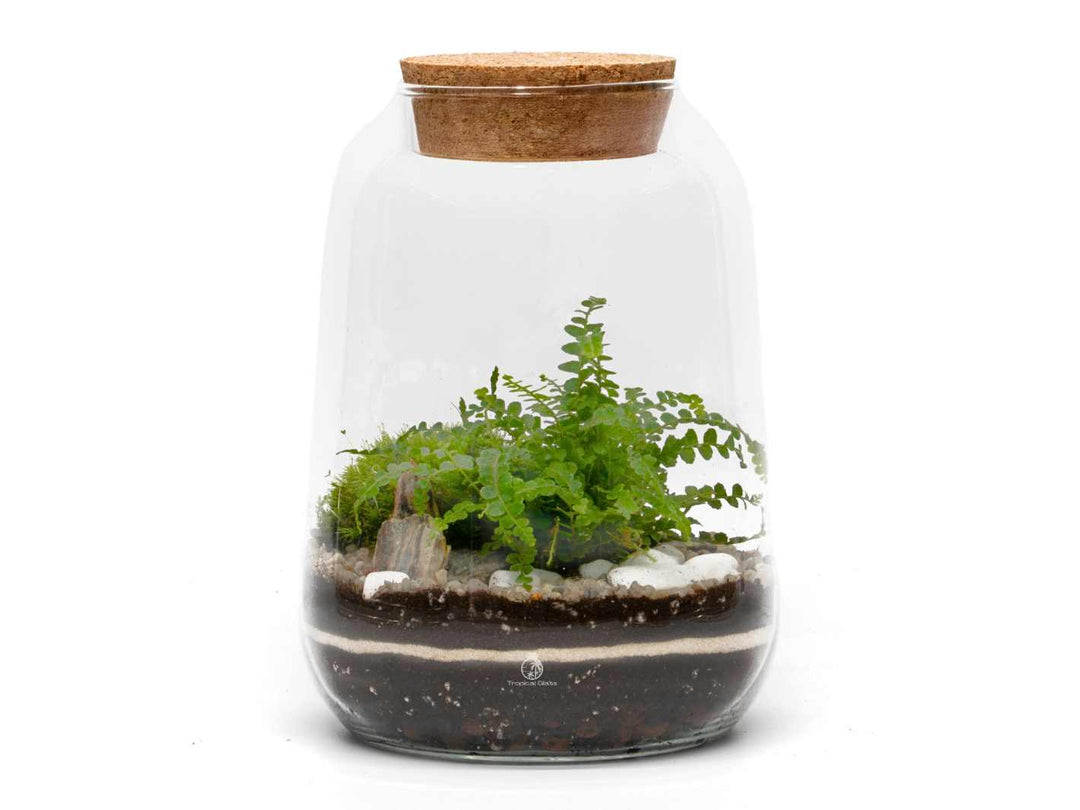
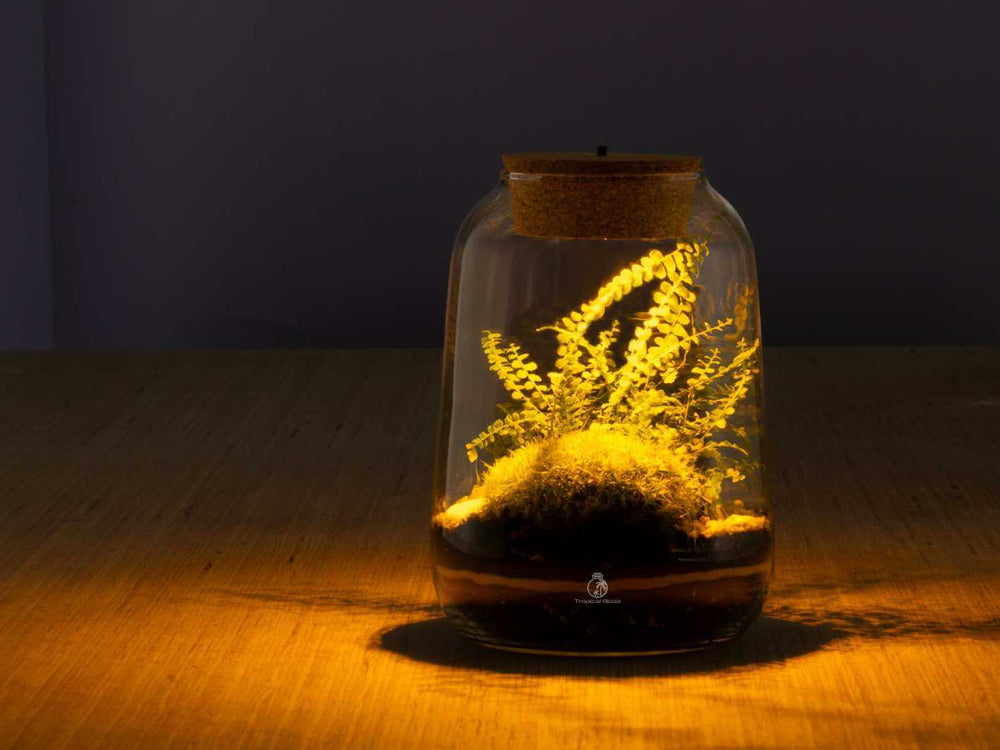
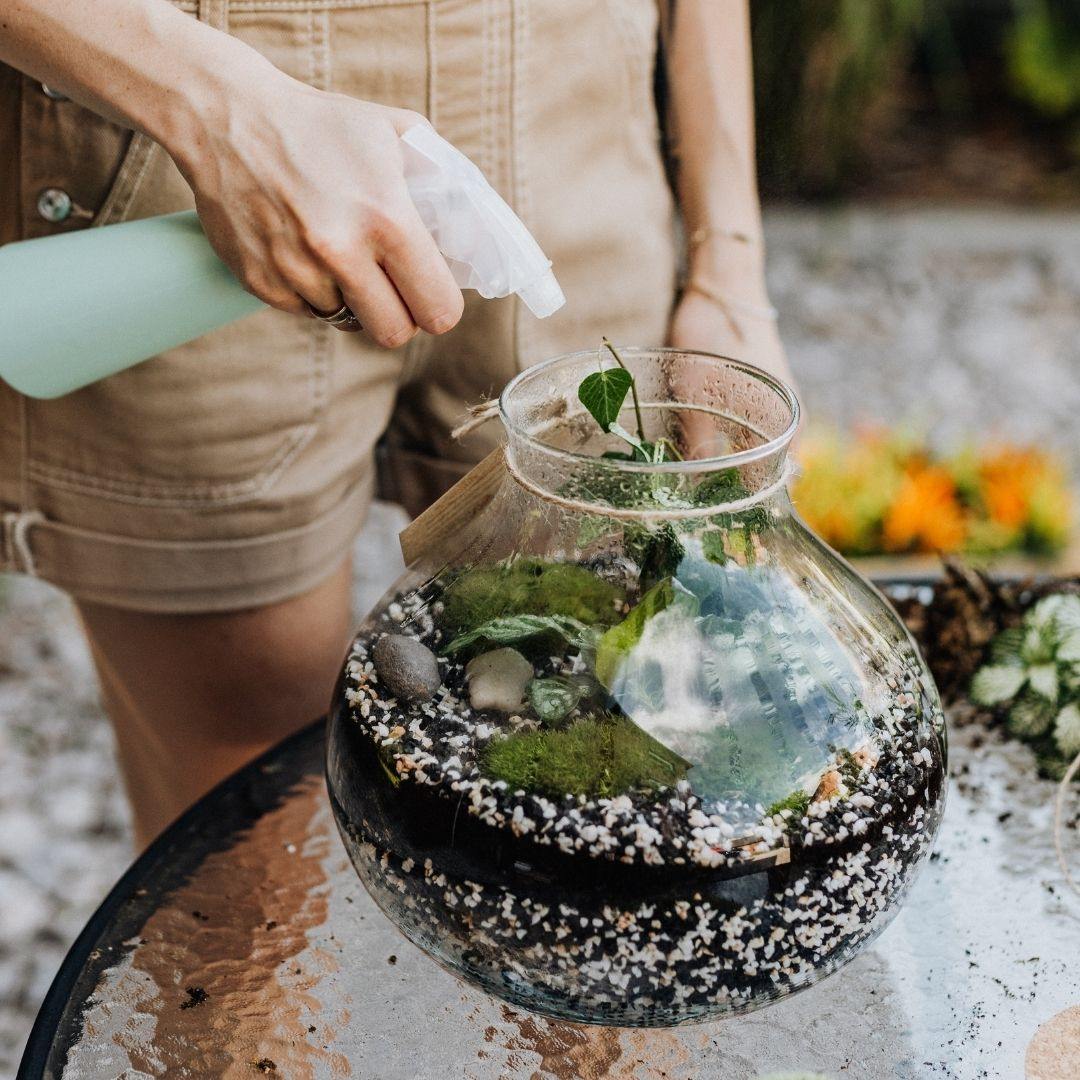
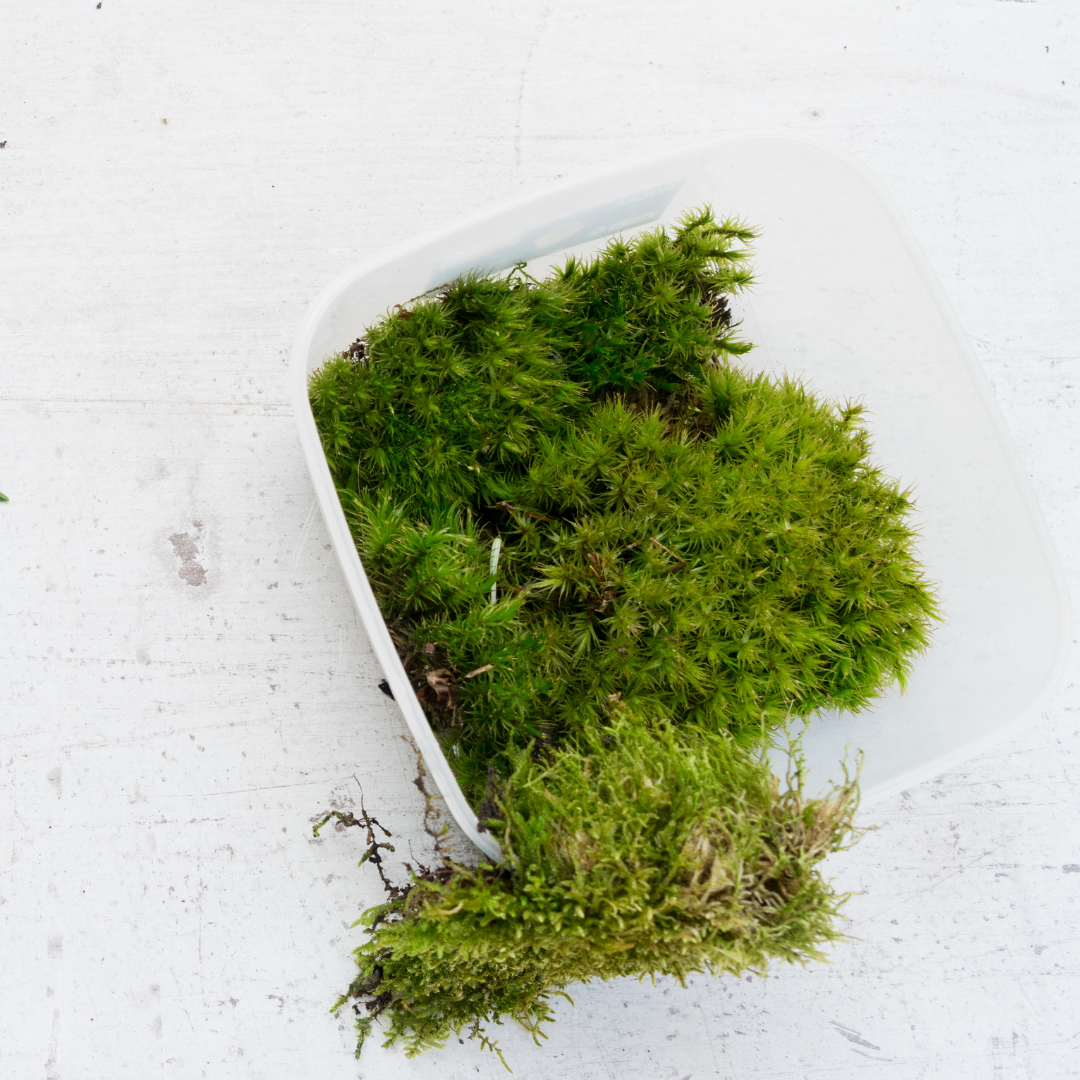
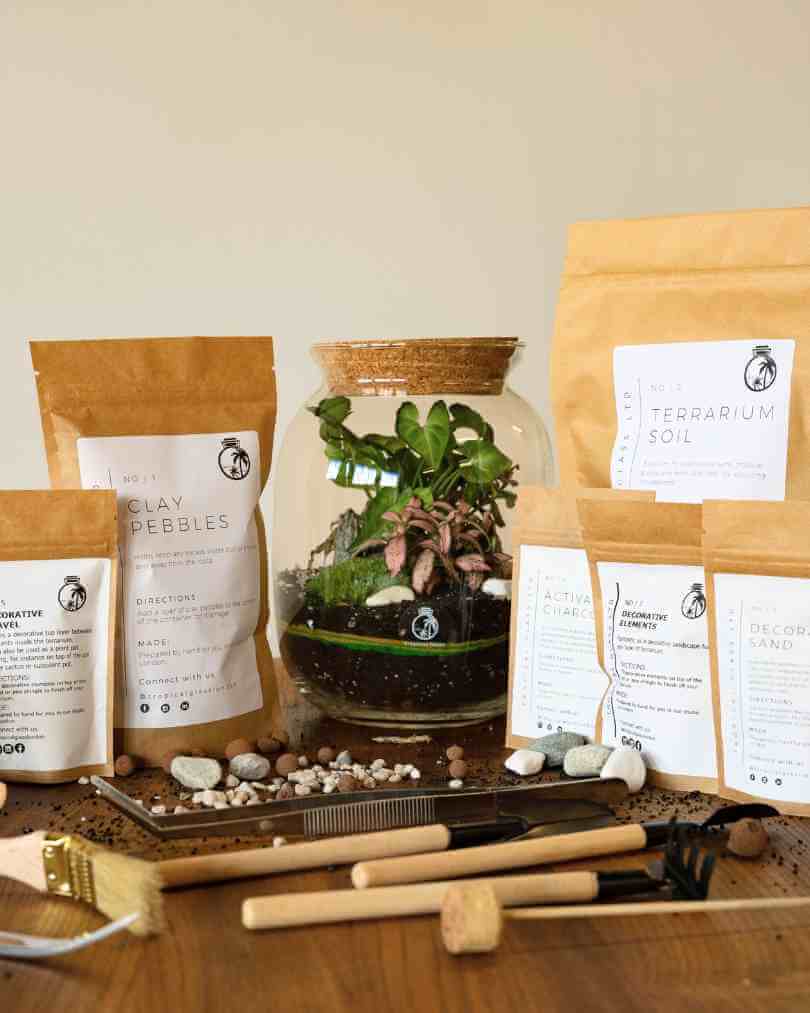
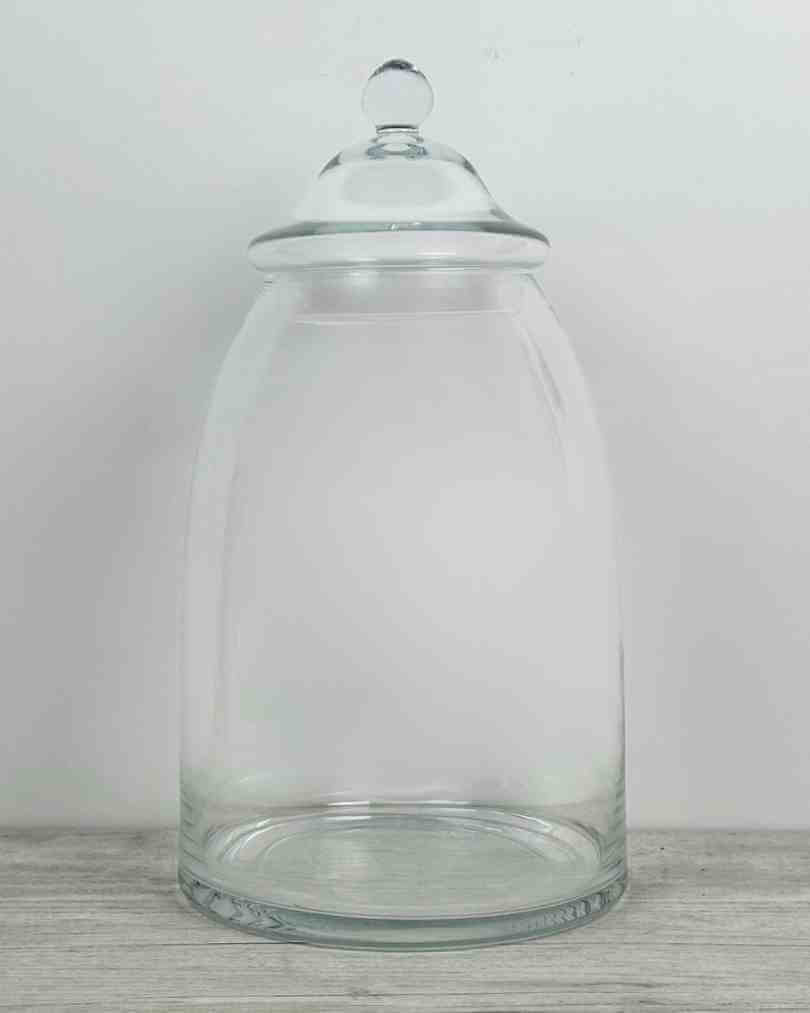
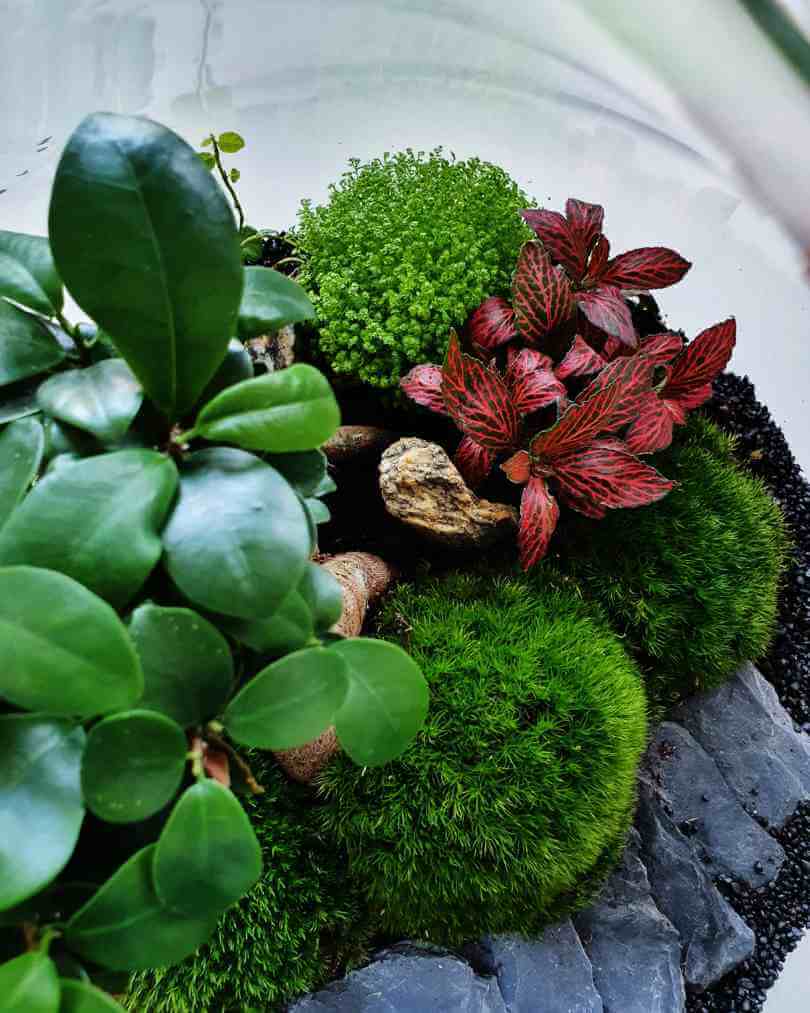

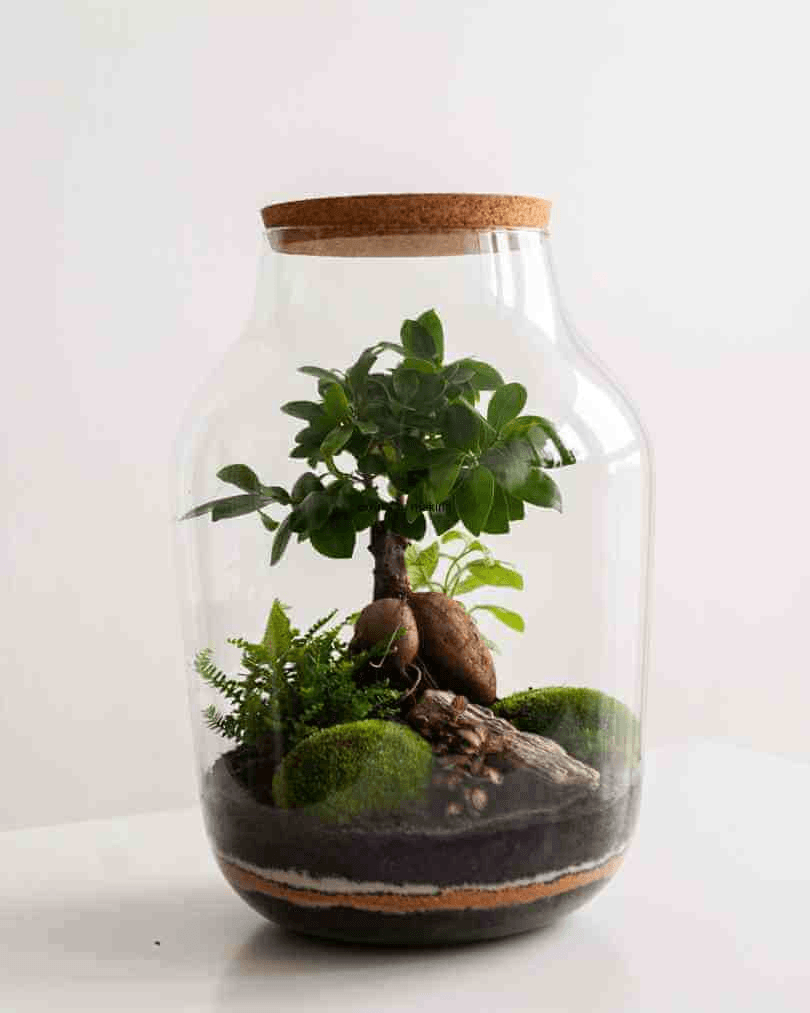
Leave a comment